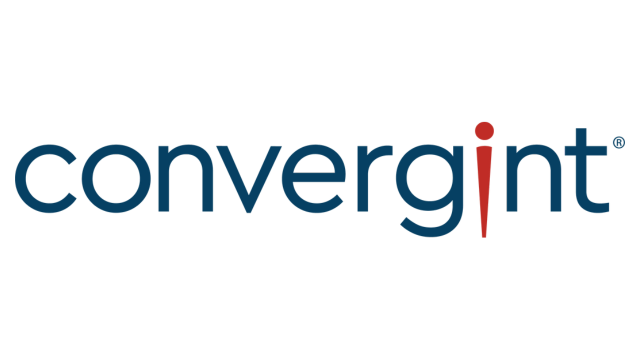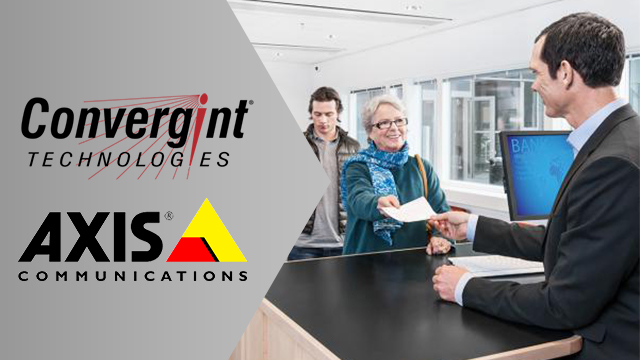When thinking about financial institutions and physical security, generally the protection of cash assets comes to mind. Although cash is a primary focus, physical security managers must consider many different asset categories. Assets can be anything that have intrinsic value to an organization and can directly or indirectly impact business continuity.
Physical security technology has always played a pivotal role in the protection of all asset categories. Unlike the old siloed approach, technology innovation has made it possible for physical security managers to identify and potentially link people, property, and other types of assets together. This can provide a more effective means of managing and protecting assets for a variety of new innovative use cases that can add additional value.
IP technology innovation opens the door to new potential use cases that may not have been considered in the past when it was much harder to fully integrate disparate systems. In today’s business environment, where spend dollars are shrinking or security managers are being asked to do more with less staff, it’s very important to be able to consider the potential ROI for investing in emerging physical security technology. Considering the overall ROI can help with evaluating short and long-term gains and ultimately help with making the best possible technology decision for the future.
Maximizing the Value of An IP Security System
Total Cost of Ownership (TCO) is a well-established concept in many industries as a way for strategic buyers to move beyond looking at the upfront price to understanding all costs associated with procuring, deploying, and operating a system. Download the white paper written by Axis Communications to view a model for Total Cost of Ownership in IP security.
With some careful planning, physical security managers can consider new technology and how it can be fully leveraged based on several important factors, which can be the focus of an effective migration strategy. These include:
Ultimately approaching the business case from an ROI perspective indicates with decision makers that the proper evaluation has been done. This approach can help to get the approval required to move forward, as it can solve a broad range of needs.
A physical security integrator understands the importance of developing an effective strategy with ROI in mind. The goal should be to develop a risk assessment that can identify and consider all potential asset categories, potential risk, and the appropriate systems that are used to manage and protect these assets. Once this process is completed, a physical security manager can use this information to evaluate new technology and the potential ROI for their organization.

